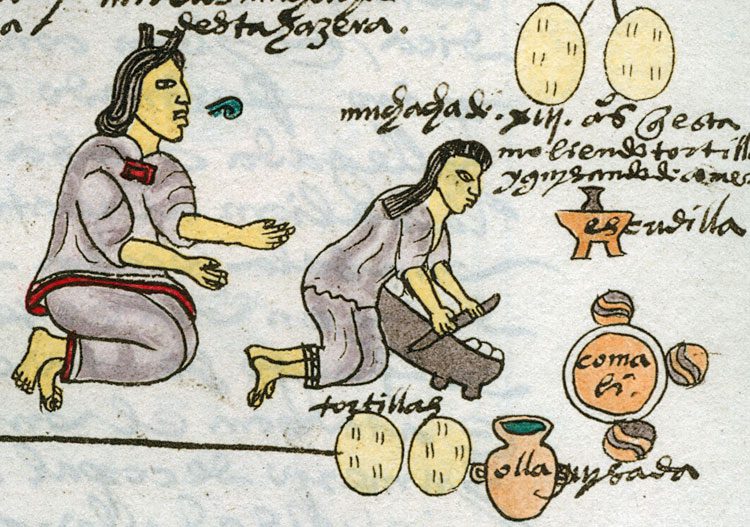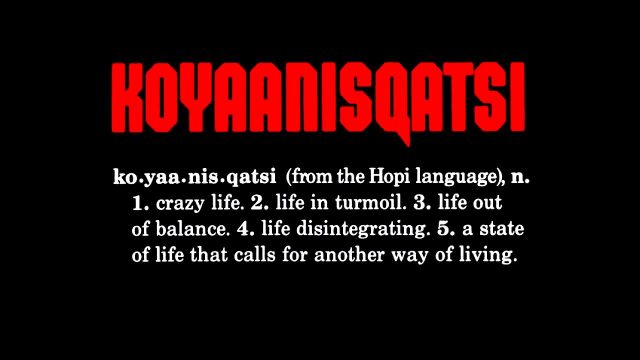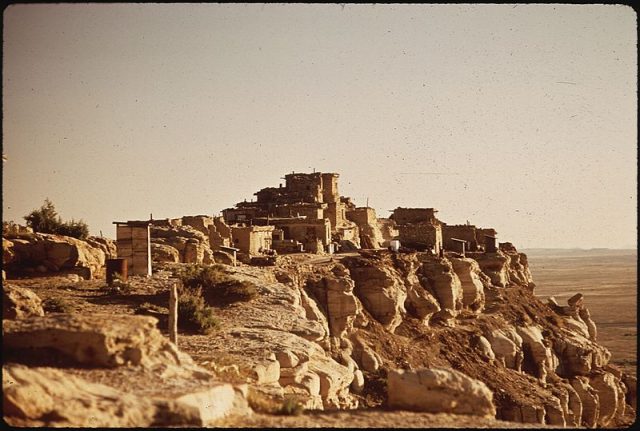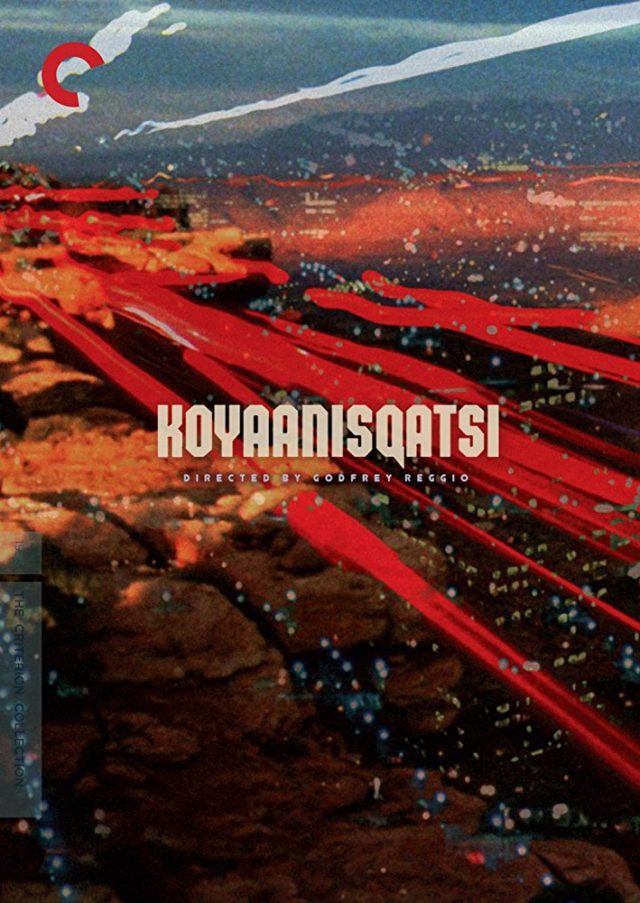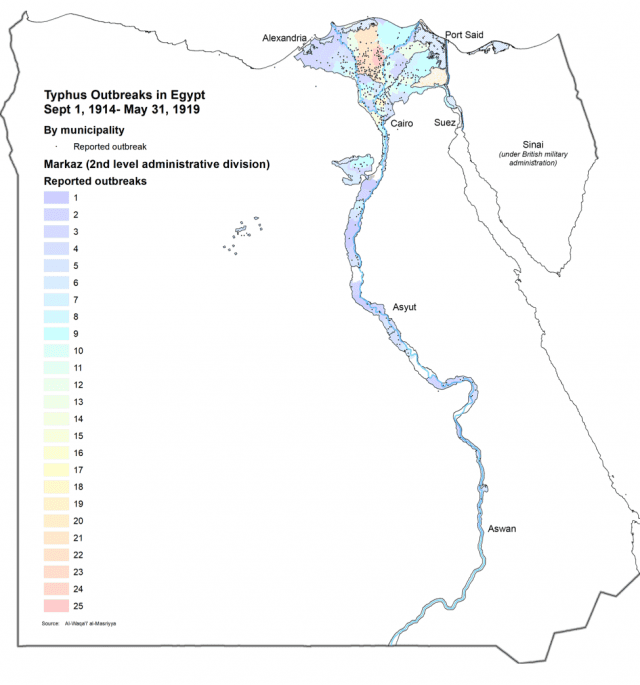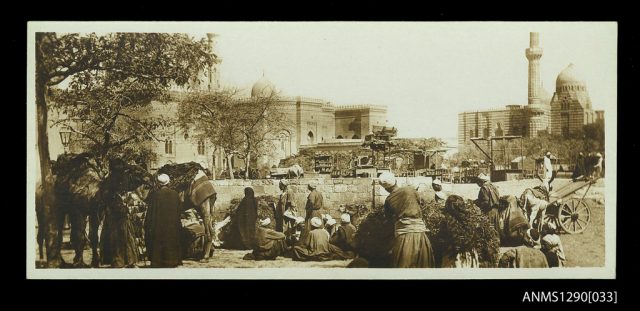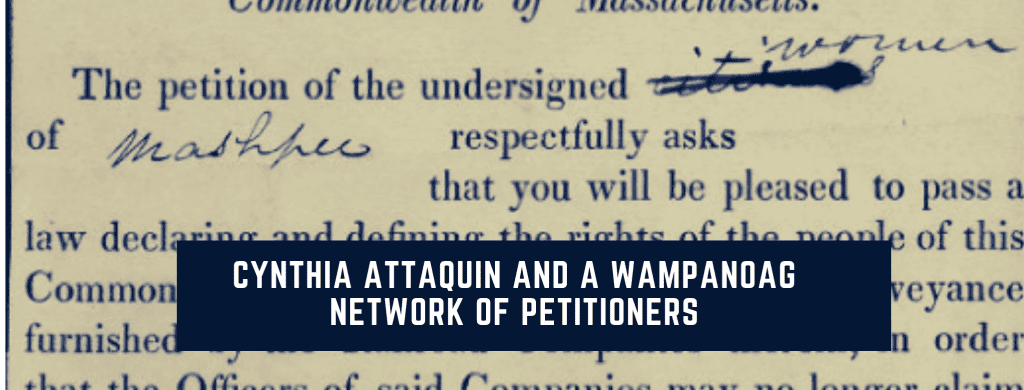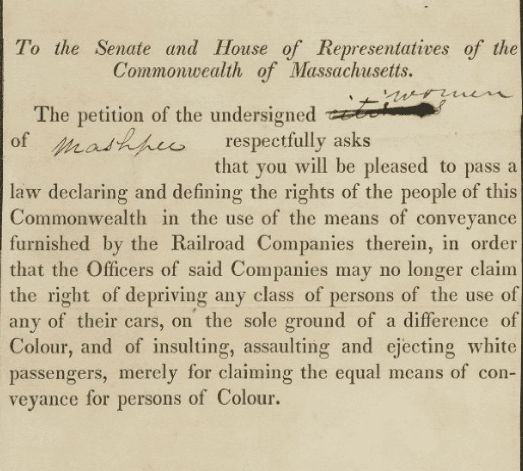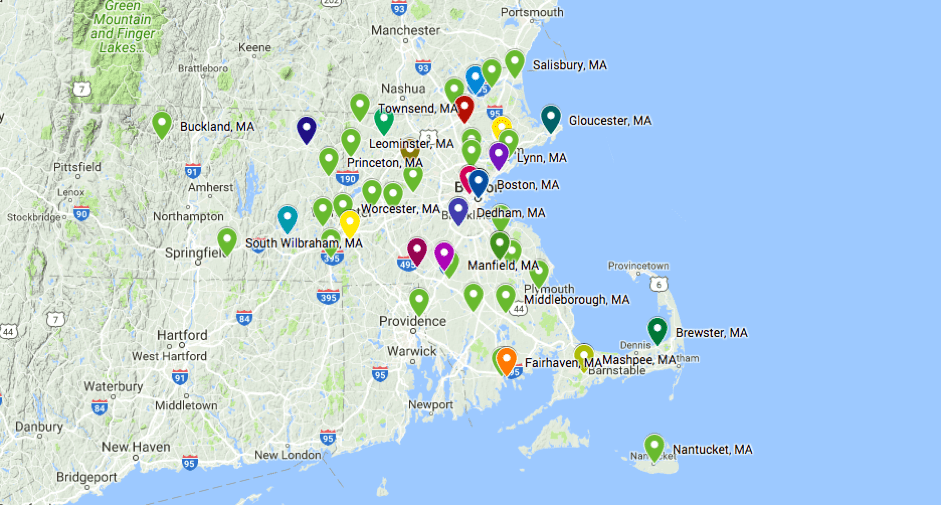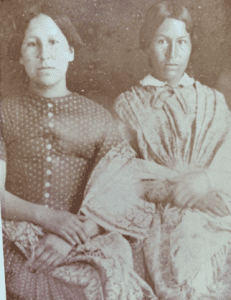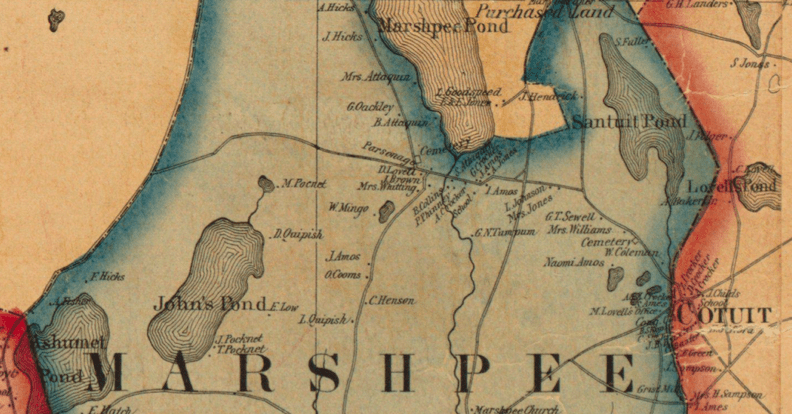Millions of tweets and millions of state documents. Intimate oral histories and international radio addresses. Ancient pottery and yesterday’s memes. Historians have access to this immense store of online material for doing research, but what else can we do with it? In Spring 2018, graduate students in the Public and Digital History Seminar at UT Austin experimented with ways to make interesting archival materials available and useful to the public; to anyone with access to a computer. Over the Summer, Not Even Past will feature each of these individual projects.
Frederic Allen Williams (1898-1955) was a prominent sculptor, lecturer, intellectual, and rodeo rider. Based in New York City, he became known for his talks on Native American art delivered in his midtown studio using magic lantern slides, an early type of image projector. By digitizing a sizable collection of Williams’ prints, negatives, lantern slides, and other ephemera held at the Harry Ransom Center, Jesse Ritner‘s digital project not only makes these materials accessible to wider audiences, but also reflects on using photography as historians and teachers.
More on Ritner’s project and the Public Archive here.
Also by Jesse Ritner on Not Even Past:
Death, Danger, and Identity at 12,000 Feet
The Curious History of Lincoln’s Birth Cabin
Paying for Peace: Reflections on “Lasting Peace” Monument
What Makes a Good History Blog?
You may also like:
The Public Archive: Woven Into History by Alina Scott
Who Put Native American Sign Language in the US Mail? by Jennifer Graber
A Graphic Revolution: The New Archive (No. 19) by Joseph Parrott
